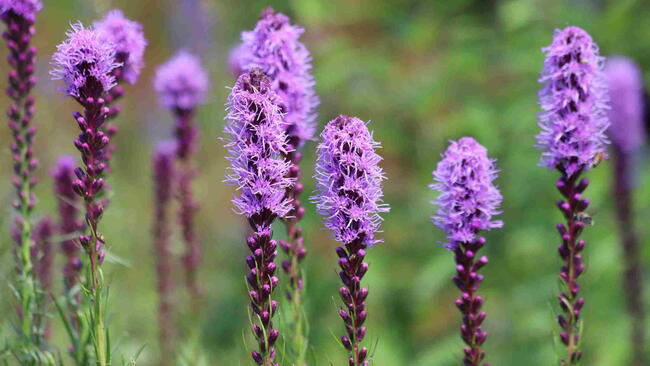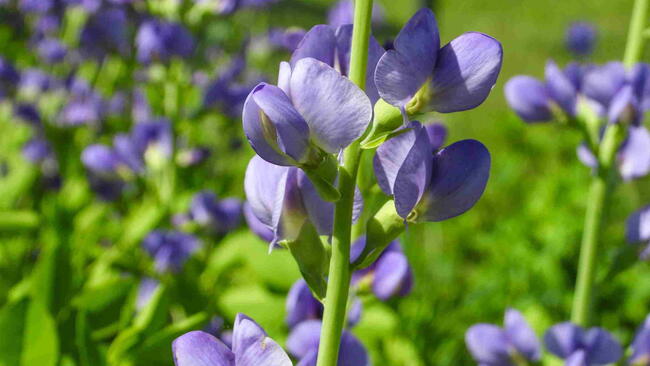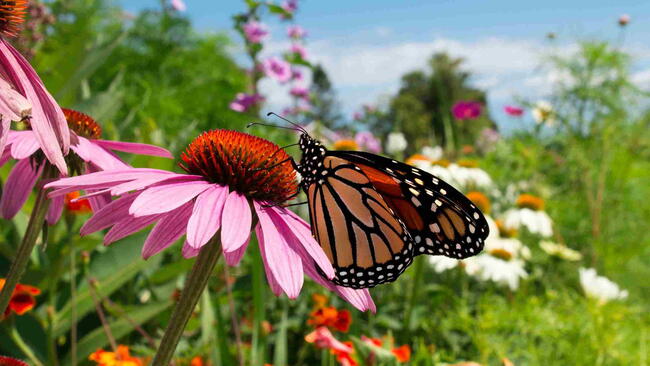
Photo Credit
agatchen/Shutterstock
Botanical Name
Salvia yangii (Perovskia atriplicifolia)
Plant Type
Sun Exposure
Special Features
Subhead
Planting, Growing, and Caring for Russian Sage in Your Garden
Read Next
Types
‘Blue Spire’ grows 2-3 feet tall and produces deep purple flowers in mid to late summer.
‘Denim ‘n Lace’ has sky-blue flowers on 2 to 3-foot strong stems.
‘Filigran’ reaches 2-3 feet tall and has bright blue flowers.
‘Little Spire’ is only 2 feet tall with upright stems. Flower spikes are lavender-blue.
‘Longin’ has 3 to 4-feet tall stiff stems with deep-blue flowers.
Gardening Products
Cooking Notes
Russian sage is related to the culinary sage (Salvia), but it is best used as an ornamental plant and not recommended for cooking. The flowers are edible, however, and can be tossed in salads.









Comments